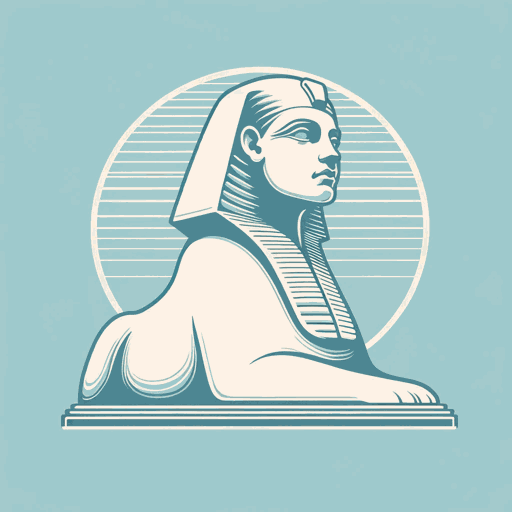35 pages • 1 hour read
H. G. WellsThe Invisible Man
Fiction | Novella | Adult | Published in 1897A modern alternative to SparkNotes and CliffsNotes, SuperSummary offers high-quality Study Guides with detailed chapter summaries and analysis of major themes, characters, and more.
Themes
The Uncanny
The uncanny, a concept made famous by Freud’s essay on the topic, was not widely discussed until the early 1900s. However, there are elements of the uncanny at work in The Invisible Man. This is likely because, writing just before the 20th century, Wells lived in the same Victorian milieu from which Freud’s famous essay emerged. The sensation of the uncanny, as Freud defined it, often arises when the taboo is made public.
The Invisible Man deals directly with this theme as the protagonist manifests his taboo lust for power. Invisibility is Griffin’s means of liberation from societal constraints, and with his newfound power, his first instinct is to exploit and destroy his fellow men. The Invisible Man is like a personified id, stripped of its superego and shamelessly pursuing base desires. The horror that people experience upon discovering Griffin’s invisibility may be less about his appearance and more about his role as a monster among men.
The uncanny is also present when Griffin hides amongst people, giving them “the feeling that is called ‘eerie’” (71). While they cannot see Griffin, they can sense his presence, like a ghost or spirit. Finally, when Griffin’s physical identity is revealed, the novel deals directly with the uncanny: When his albinism is made apparent (a stigmatized social taboo in the 1800s), his appearance causes discomfort.
Related Titles
By H. G. Wells
Featured Collections
British Literature
View Collection
Challenging Authority
View Collection
Class
View Collection
Class
View Collection
Good & Evil
View Collection
Power
View Collection
Religion & Spirituality
View Collection
Science & Nature
View Collection
Victorian Literature
View Collection
Victorian Literature / Period
View Collection






